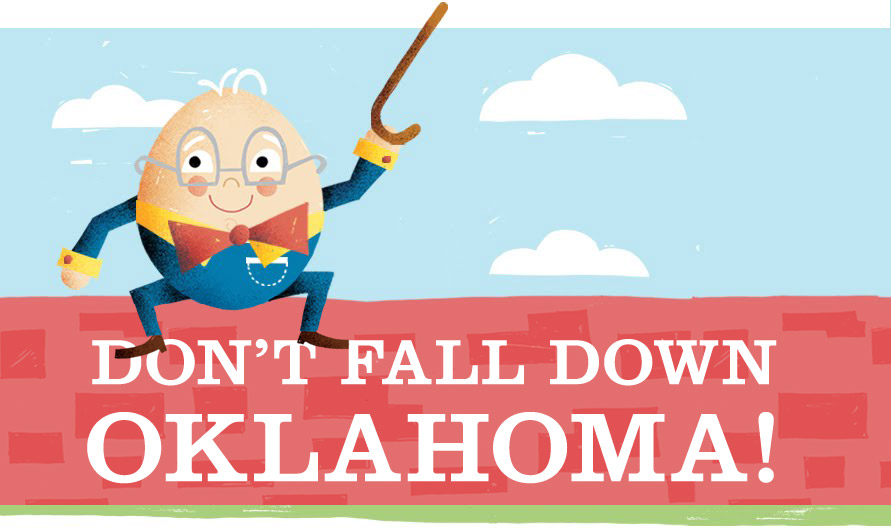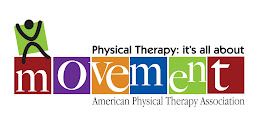By Jon Jordan
Want lower copayments and little to no deductibles? Enticing isn’t it? It’s the kind of promise that Medicare Advantage plans (HMO’s) offer. Oh yeah, I almost forgot you can even receive coverage for certain services and products that regular Medicare doesn’t cover, like certain prescription drugs. Are you hooked yet? Or does it sound too good to be true? Because if it does, well, you’re right, in many ways Medicare Advantage plans are too good to be true.




